On a glacial runway where temperatures plunged below -20°C, models clad in recycled polyester and reclaimed wool stomped past sculptural icebergs under the otherworldly glow of the midnight sun. This wasn’t a dystopian film set—it was Patagonia’s audacious Antarctic fashion show, a spectacle that fused high-concept theatrics with hardcore environmental activism. The outdoor apparel giant’s decision to stage its "Ice Threads" collection debut on Earth’s last wilderness frontier wasn’t just about shock value; it was a meticulously engineered climate alarm bell disguised as avant-garde performance art.
The logistics alone read like an Arctic survival manual. A zero-emissions sailboat transported the 47-person crew (including climate scientists doubling as stylists) across the Drake Passage, while solar-powered heaters kept makeup from freezing during the -32°C wind chill. What appeared as surrealist theater—models wearing mushroom-leather gloves while penguins waddled in the background—was actually a forensic showcase of Patagonia’s decade-long material innovations. Each garment’s label contained GPS coordinates tracking its origin: a fleece vest spun from plastic bottles fished off Chile’s coast, parkas insulated with recycled down from European thrift stores.
This wasn’t sustainability as a marketing afterthought but as the protagonist. When a model deliberately tripped over an exposed glacial crevasse—revealing a lining woven from algae-based yarn—the stunt visualized how fast-fashion supply chains fracture ecosystems. Satellite data projected onto the ice sheet in real-time showed audience members their proximity to melting permafrost zones. The show’s climax featured biodegradable sequins dissolving into the Southern Ocean, a visual metaphor for Patagonia’s controversial "self-destructing design" initiative that makes products deliberately disintegrate after heavy use.
The Antarctic spectacle triggered seismic debates across the industry. Luxury conglomerates scoffed at the "stunt journalism," yet quietly scrambled to audit their own supply chains after Patagonia live-streamed the carbon-negative event to 12 million viewers. More revealing was the backlash from eco-conscious influencers who called out the hypocrisy of disturbing pristine ecosystems to protest ecological damage. Patagonia’s counterargument lay in the data: the expedition’s methane-capturing sailboat and glacier-regeneration donations resulted in a net-positive environmental impact—a standard they’re challenging all brands to meet.
What appeared as extreme performance art revealed itself as a radical new blueprint for activist marketing. By weaponizing the surreal disconnect between haute couture and decaying ice shelves, Patagonia didn’t just sell parkas—it hacked into the collective psyche. The brand’s follow-up report revealed a 317% spike in searches for "repairing outdoor gear" post-show, while competitors’ greenwashing claims unraveled under new scrutiny. When climate doom scrolling paralyzes consumers, the Antarctic show demonstrated how visceral experiences can pivot helplessness into action—one frozen runway at a time.
The aftermath saw unexpected ripple effects. Marine biologists repurposed the biodegradable runway materials for artificial coral reefs, while the show’s soundtrack—recorded from melting ice vibrations—became a protest anthem at COP28. Most tellingly, Patagonia’s sales team reported dealers demanding not just apparel specs but supply chain forensic data. In an era where sustainability has been reduced to buzzwords, the Antarctic spectacle forced an uncomfortable reckoning: if a fashion show at the end of the world can achieve carbon negativity, what excuses do mainland brands have?
As glaciers continue calving at alarming rates, Patagonia’s frozen catwalk may be remembered not as a marketing coup but as a cultural turning point. The real innovation wasn’t algae-based yarn or solar-heated mascara—it was proving that environmental messaging needn’t be diluted for mass appeal. When the front row seats are icebergs and the VIP guests are leopard seals, sustainability stops being a trend and becomes the only language left to speak.

By /Jul 24, 2025

By /Jul 24, 2025
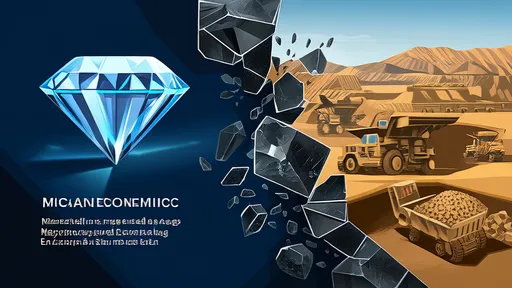
By /Jul 24, 2025

By /Jul 24, 2025

By /Jul 24, 2025
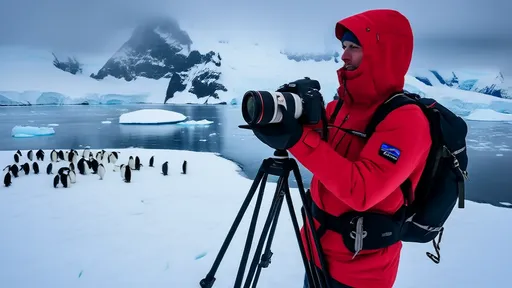
By /Jul 24, 2025

By /Jul 24, 2025
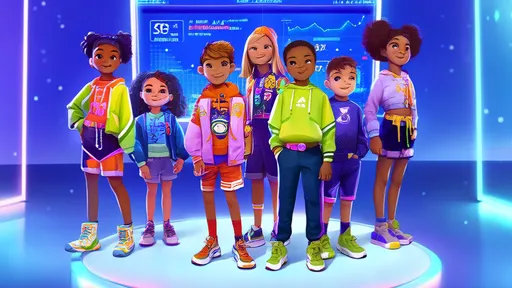
By /Jul 24, 2025

By /Jul 24, 2025

By /Jul 24, 2025
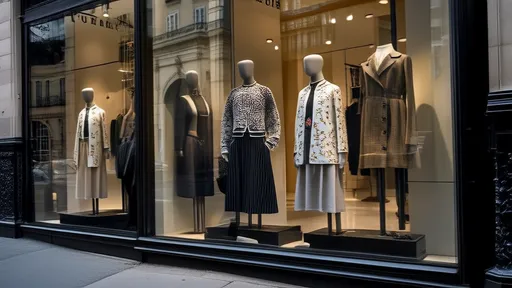
By /Jul 24, 2025
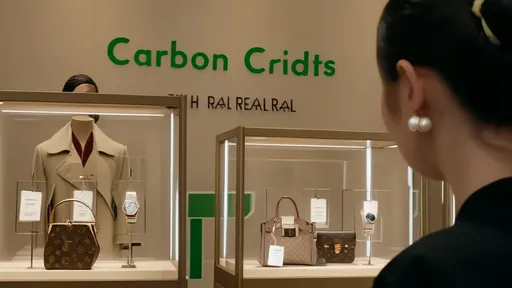
By /Jul 24, 2025

By /Jul 24, 2025

By /Jul 24, 2025

By /Jul 24, 2025

By /Jul 24, 2025

By /Jul 24, 2025

By /Jul 24, 2025